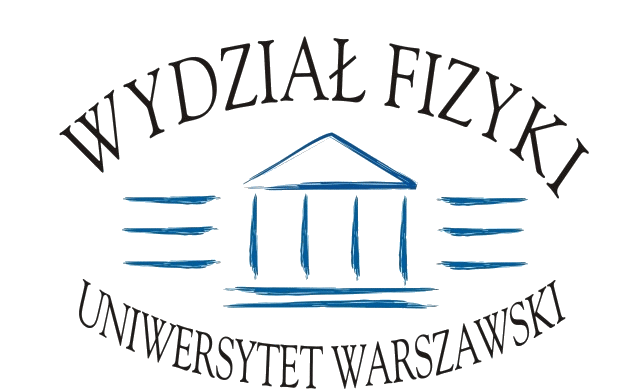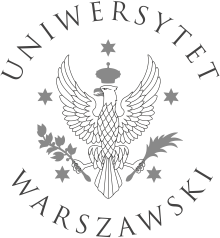Continued technological progress and experimental availability of extremely powerful laser sources have opened a new era of research on laser-matter interactions. Since the ponderomotive energy of electrons driven by such radiation can now be significantly larger than the electron rest mass, it has become of interest to reexamine fundamental processes of quantum electrodynamics (QED) in high power laser pulses.
Currently available and upcoming powerful laser fields are in the femtosecond regime. Nevertheless, most theoretical predictions so far for laser-based QED processes have treated them as monochromatic plane waves. I will summarize progress in the investigation of fundamental QED processes in very intense short laser fields of relativistic power. In particular, the properties of nonlinear Compton scattering as well as the nonlinear Breit-Wheeler and Bethe-Heitler processes leading to the creation of electron-positron pairs will be discussed.
Nowa A(N335), Hoża 69 at 15:30

(University of Durham, UK)
Some properties of Nature seem at first to defy understanding, so it is astonishing when they yield to a mathematical treatment. One example is related to the strong nuclear force. At large distances and low energies, quarks and the glue binding them together become strongly interacting, making the theory very difficult to describe mathematically. On the other hand, at high energies and short distances we can describe the interactions between quarks very well using Quantum Chromodynamics (QCD). One of the most interesting developments in recent years has been the discovery by Seiberg that in supersymmetric theories one can describe the long range physics in terms of simple dual theories similar to the original QCD. In this talk I describe the recent developments in this area, applications to phenomenology, and how the relation of Seiberg duality to hidden local symmetry in pion physics might allow one to establish dualities in non-supersymmetric theories.
Nowa A(N335), Hoża 69 at 15:30

(Institute of Physics, Academy of Sciences of the Czech Republic, Prague)
The magnetism of materials is closely connected to correlated behavior ofelectrons. In many transition metal oxides ordered or disordered magneticlocal moments exist over a broad range of parameters. The process ofsudden change of the magnitude of the local moments, often due to applied pressure, is called spin-state transitions and often is accompanied by dramatic changes of other physical properties, e.g. metal-insulatortransition. I will present several case studies of spin-state transition(MnO, F2O3, FeO, LaCoO3) using the dynamical mean-field theory and discuss the general picture that emerges from them.






